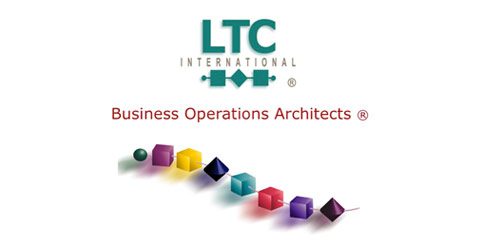|
|

article
page | 1 | 2 | 3 | 4 | 5 | 6 | 7 | 8 | 9 |
involvement exceptionally high? And why are we, the authors, concerned about this lengthy timeline?
Why SDF Now?
We find the introduction to the scope of this TMF SDF program “very telling”: “TM Forum is extending its Management activities to include end-to-end Management of Next Generation Services - which will include service components from many other Industry providers” [TMF web site]. With their book released in 1996, The Lean Communications Provider, Beth Adams (then NMF COO) and Keith Willetts, launched an agenda to turn the then-named Network Management Forum from network elements and connection management projects to an emerging new vision: Service Management. Today, Service Management is nearly universally accepted but back then, it was the new idea on the block.
|
|
SDPs are here now. A large number of vendors are building and selling SDPs or parts that can be assembled into SDPs. |
|

product delivery will be achieved. It seems now that a large group of companies “want to agree” – with only a few entrenched BOSS vendors resisting.
Both Keiths (Willetts and Miller) rightly see a critical, raw, open need for service providers and they target SDF directly at this. According to Keith Miller this is to:
-
Reduce cost and cycle time to translate ideas to market offerings.
-
Increase opportunities and innovations for monetizing existing assets.
-
Adapt swiftly to market changes and customer preferences.
|
|
|
|

It was after reading the “Lean Provider” that Wedge Greene realized that traditional OSS and BSS systems and models, even the “advanced ones” Beth and Keith described, would never be able to deliver on this important opportunity. This was part of the incubation of NGOSS, and it could be argued that bringing NGOSS to the table interrupted the extension of the TMF into the full scope of end-to-end service management. However, now that these additional tools and skill sets are in place, it is easy to see Keith Willetts leading the TMF back into this broader activity, which, we suppose, was even then among his goals when reassuming leadership in the TMF at the beginning of this century.
This litany, from the SDF Team, should be well apparent to all by now: “Service providers want new enhanced services delivered faster. These services should work on many-to-all delivery platforms available to the user, and these services should be cheaper to develop and cheaper to manage. And given how volatile the market is today, providers want to become “more agile,” but no one seems to agree on how this agile, rapid, economical
|
|

Increasing the scope of opportunities available to service providers is clearly of first importance. Tony Richardson: “I would say the biggest business drivers [for SDF] are to do with rapid delivery of service and support of multiple value chains and industry actors. From my perspective, biggest technical drivers are the application of SOA and the associated convergence of IT and telecoms. Also, convergence of communication service – fixed, mobile, cable, content, media etc.” Similarly, for Keith Miller, “A standardized business and operational framework is required to effectively deliver and manage all these emerging services, e.g. Web2.0, IMS, IPTV, mobile, etc. Currently there is no consistent SDF definition in the industry.”
Alan Quayle (www.alanquayle.com/blog) has spent much energy painstakingly elucidating all the drivers for SDPs and SDF, some of which include:
article
page | 1 | 2 | 3 | 4 | 5 | 6 | 7 | 8 | 9 |
|
|
|




